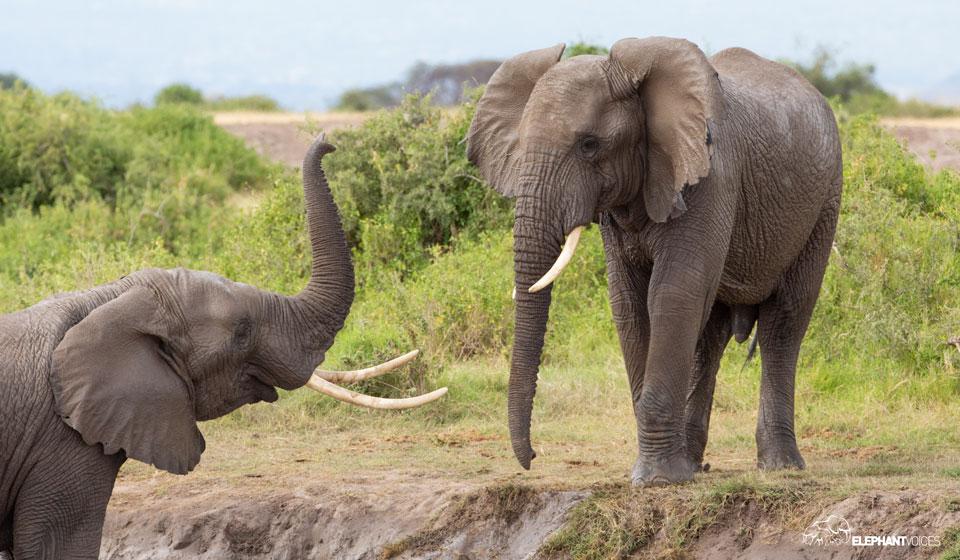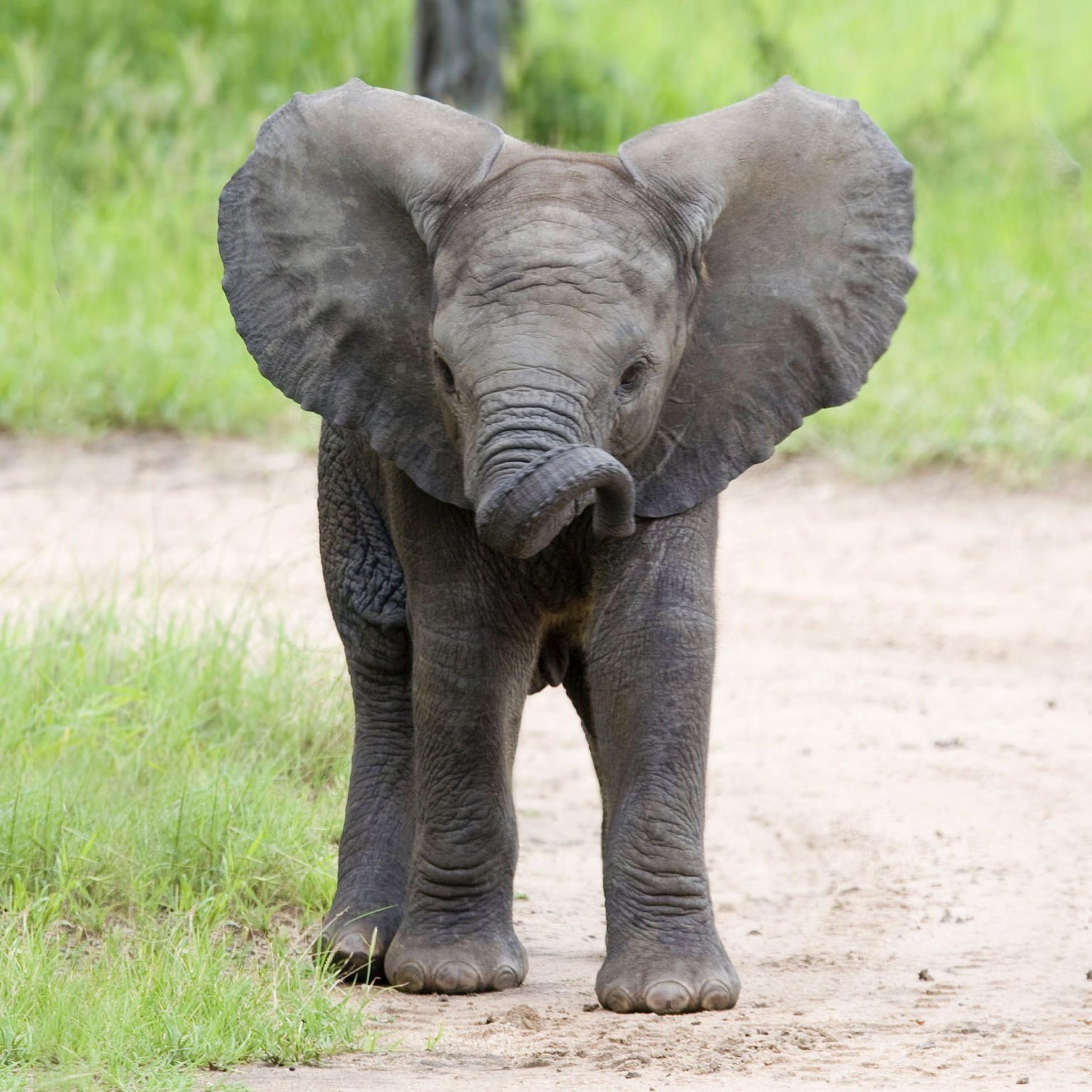In the vast expanse of Africa’s savannas and the dense jungles of Asia, a remarkable social structure unfolds beneath the shade of towering trees and amid sweeping grasslands. Elephants, those majestic giants of the animal kingdom, weave intricate social tapestries that reveal much more than mere survival instincts. Beyond their colossal size and unmistakable presence lies a world rich with relationships, emotions, and intelligent behaviors that challenge our understanding of animal sociology. As we embark on a journey to explore the complex social lives of elephants, we will delve into their familial bonds, communication methods, and the various roles they assume within their herds. Through observation and research, we gain insight into the sophisticated and often poignant social dynamics that govern these magnificent creatures, shedding light on their similarities to human interactions and underscoring the importance of preserving their environments for future generations. Join us as we uncover the hidden lives of elephants, where every trumpet, touch, and tender moment speaks volumes about their extraordinary social existence.
Table of Contents
- Understanding the Social Structures Within Elephant Herds
- The Role of Communication in Elephant Relationships
- The Impact of Habitat and Environment on Elephant Socialization
- Conservation Strategies for Supporting Elephant Social Networks
- Key Takeaways
Understanding the Social Structures Within Elephant Herds

Elephant herds are intricate social units, often comprising family groups that can vary in size, depending on environmental conditions and resource availability. Social bonds within these herds are primarily matriarchal, with the oldest and often largest female leading the group. This structure allows for the accumulation of wisdom, as matriarchs make crucial decisions regarding migration routes and foraging strategies, especially during times of drought or abundant resources. The matriarch’s relationships extend beyond her immediate family, creating a wide network of alliances among female relatives that ensures mutual support and cooperation within the herd.
The interactions between members of an elephant herd are characterized by a rich tapestry of behaviors, including communication, nurturing, and the establishment of hierarchies. Elephants use a range of vocalizations, body language, and even seismic signals to maintain their social bonds and convey information about danger or food sources. Within these structures, one can observe several key dynamics:
- Cooperative Child-Rearing: Adult females often assist one another in caring for calves, ensuring a greater survival rate.
- Conflict Resolution: Social bonds are maintained through rituals that promote peaceful interactions, such as trunk entwining and gentle touching.
- Allomothering: Young females learn maternal skills by assisting other mothers, fostering a sense of community.
The Role of Communication in Elephant Relationships

Communication among elephants is not merely a necessity; it is an intricate dance that facilitates their complex social structures. These magnificent creatures use a variety of methods to convey their emotions, warnings, and information about their surroundings. Vocalizations, such as trumpets and rumbles, resonate through the air, allowing them to connect over vast distances. Additionally, body language plays a crucial role— a gentle sway of the ears or the positioning of the trunk can express everything from excitement to submission. The subtlety of these gestures highlights the emotional depth of these intelligent beings.
Equally significant is the way elephants utilize infrasound, low-frequency sounds that can travel long distances, to communicate with one another, especially when separated. This hidden layer of interaction fosters a communal bond, ensuring the herd’s safety and cohesion. Moreover, the role of touch cannot be overstated; trunk-to-trunk greetings and physical contact solidify social ties and promote nurturing behavior within the group. As these relationships deepen through shared experiences and communication, elephants create a rich tapestry of social connections that is vital to their survival.
The Impact of Habitat and Environment on Elephant Socialization
Elephants are profoundly influenced by their habitat and environment, which play a critical role in shaping their social structures and behaviors. In the wild, these majestic creatures thrive in diverse ecosystems ranging from savannahs and forests to wetlands and grasslands. Each habitat offers unique resources and challenges, compelling elephants to adapt their social interactions accordingly. Key factors that influence their socialization include:
- Food Availability: The abundance of vegetation affects herd movements and social bonds.
- Water Sources: Proximity to water can enhance group cohesion, especially during dry seasons.
- Climate Conditions: Weather patterns influence migration and gathering behavior.
The intricate web of relationships among elephants is nurtured by their surroundings, with matriarchs leading herds based on learned experiences within specific environments. The presence or absence of predator threats, for instance, alters social dynamics, as elephants exhibit heightened protective behaviors in riskier areas. In addition, elephants utilize a range of vocalizations and tactile communications that resonate through their environments, underscoring the significance of habitat in daily interactions. Environmental factors impacting their social structure might include:
| Factor | Impact |
|---|---|
| Habitat Type | Influences group size and composition. |
| Resource Distribution | Affects social bonding during communal feeding. |
| Presence of Human Activity | Alters natural behavior and social structures. |
Conservation Strategies for Supporting Elephant Social Networks
To bolster the intricate social structures of elephants, a multifaceted approach to conservation is essential. One effective strategy involves the establishment and maintenance of wildlife corridors that facilitate safe movement between fragmented habitats. These corridors allow elephants to engage in crucial social interactions, such as reunions, mating displays, and nurturing behaviors. Additionally, it’s vital to create community-based conservation programs that involve local populations in safeguarding these majestic creatures, promoting a sense of ownership and responsibility. These initiatives can include:
- Educational workshops to raise awareness of elephant behaviors and conservation needs.
- Incentive programs for communities to protect local elephant populations, such as eco-tourism benefits.
- Anti-poaching campaigns that actively engage local citizens in the protection of elephants.
Moreover, research plays a pivotal role in understanding and preserving complex elephant social networks. Through the use of GPS tracking and observation techniques, researchers can collect data on herd movements, social relationships, and communication patterns. This information can be instrumental in shaping conservation efforts. A collaborative approach involving scientists, conservationists, and local communities can lead to the development of strategies that respect and enhance these social structures. The following table outlines some critical research areas to support elephant social networks:
| Research Area | Focus |
|---|---|
| Social Structure | Understanding matriarchal roles and group dynamics. |
| Communication | Studying vocalizations and non-verbal cues among herds. |
| Migration Patterns | Mapping seasonal movements for resource availability. |
Key Takeaways
As the sun sets on the vast savannah, casting a warm golden hue over the landscape, the intricate tapestry of elephant social life continues to unfold. These majestic creatures, with their deep familial bonds and rich emotional lives, remind us of the intricate connections that exist within the animal kingdom. Through our exploration of their behaviors, from nurturing calves to forming lifelong alliances, we’ve gathered a glimpse into a world that is both foreign and familiar.
In reflecting on the complexities of their interactions, we are compelled to reconsider our own understanding of social structures and relationships. Elephants teach us about empathy, cooperation, and the importance of community—a lesson that resonates across species. As we draw our gaze away from the elephant herds under the twilight sky, we are left with a deeper appreciation for the nuances of life that connect us all.
This journey into the lives of elephants invites ongoing curiosity and compassion. With every stride they take through their natural habitat, they exemplify a narrative that intertwines resilience and vulnerability. Understanding their social intricacies not only enriches our knowledge of these awe-inspiring mammals but also enhances our commitment to their conservation. As we close this chapter, let us carry forward the insights gained, urging us to protect not only the elephants themselves but the world’s fragile ecosystems in which they thrive.



